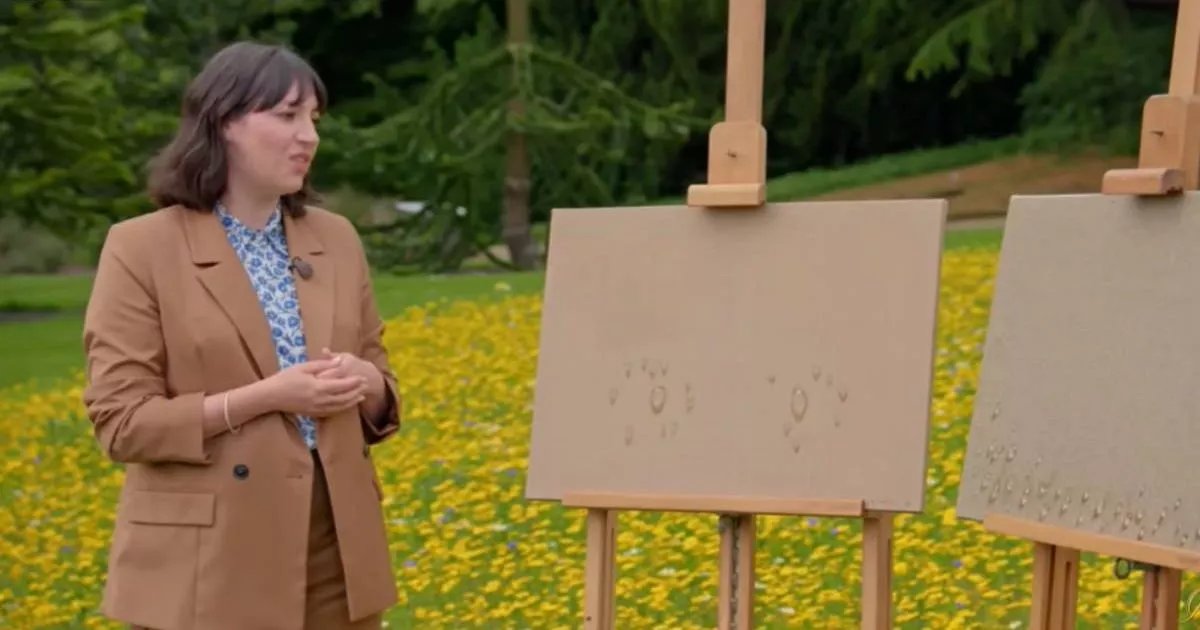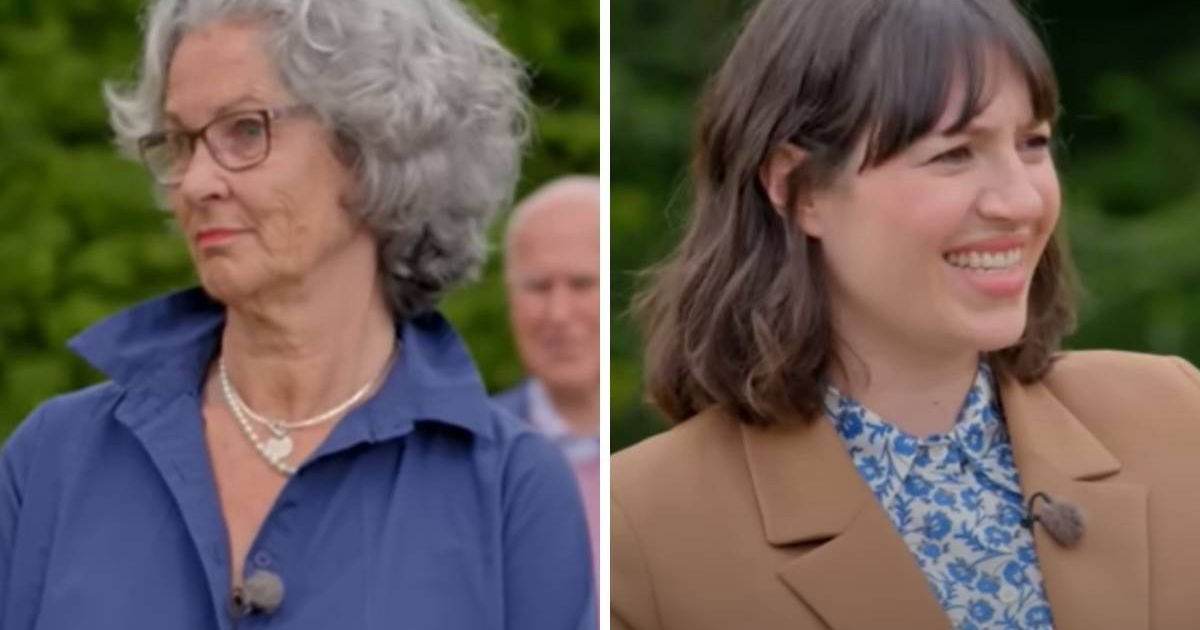John Currie Wilmerding Jr. was born on April 28, 1938, in Boston and grew up in Old Westbury, N.Y., on Long Island. His father was a banker and yachtsman. His mother was Lila (Webb) Wilmerding.
Mr. Wilmerding had art in his DNA.
His great-grandparents, Henry Osborne Havemeyer, a sugar magnate, and Louisine Waldron Havemeyer, were prominent collectors and donated their extensive collection of European and Asian artworks to the Metropolitan Museum of Art. His grandmother, Electra Havemeyer Webb, who was an American folk art collector, founded the Shelburne Museum in Vermont.
Growing up, Mr. Wilmerding was only vaguely aware of his family’s importance in the art world.
“The great irony is, with all of my family’s collecting history, for all of my proximity to New York, I never was taken to the Metropolitan Museum of Art,” he told the journal American Art in 2005.
He attended Harvard, where he initially planned to study American literature. On a friend’s recommendation during his freshman year, he took an introductory art history class held in the basement of the campus art museum. Students called it “Darkness at Noon.”
“When the lights went out,” Mr. Wilmerding recalled, “there was this world of visual images that struck a nerve with me instantly, and the realization early on that you could look at facades or a ground plan — it didn’t matter from where or when — and suddenly a whole culture came to life. That was the experience that set me on the track.”
He changed his major to art history and was soon consumed by American art, especially paintings of the sea, which reminded him of sailing with his father. He wrote his thesis on Lane, a marine painter, and bought one of his paintings — “Stage Rocks and Western Shore of Gloucester Outer Harbor” (1857) — for $3,500 (the equivalent of about $38,000 today) at a Boston art gallery.






